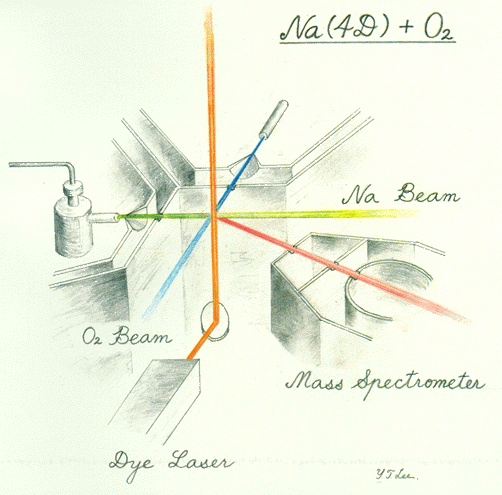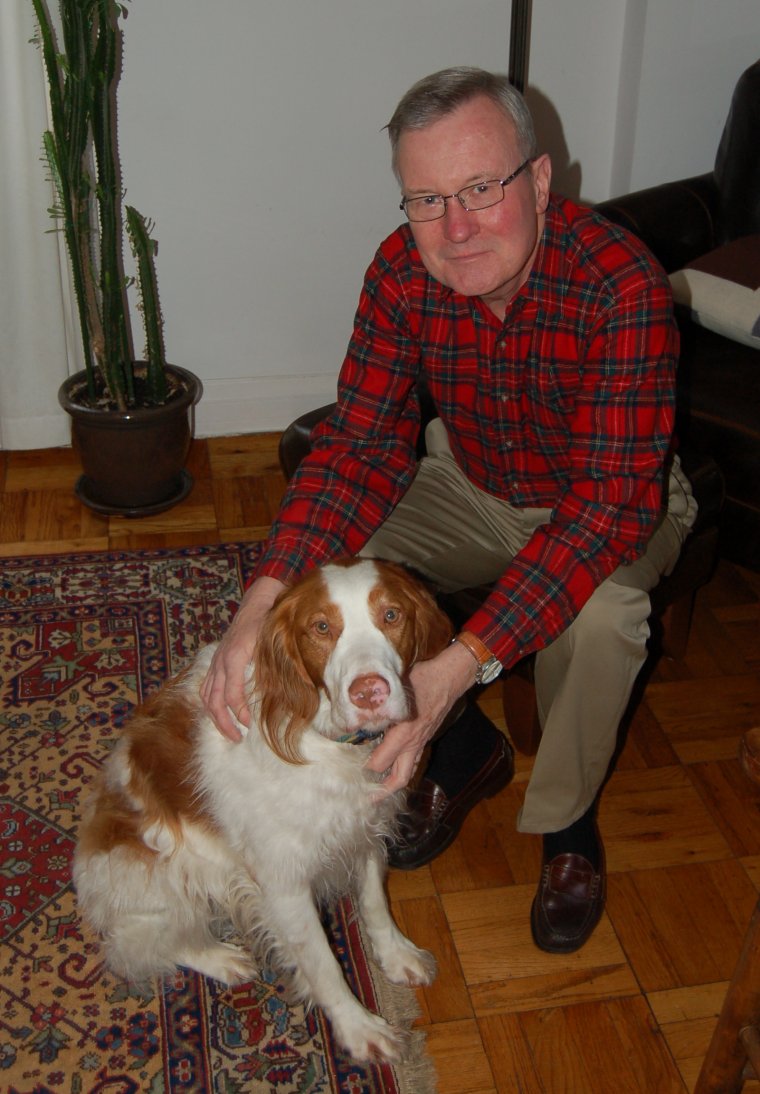Gas Phase Ion Chemistry - Dynamics and Spectroscopy

The research of the Farrar group focuses on the reaction dynamics and photochemistry of ionic species. The objectives of these studies are to elucidate the reactivity of isolated gas phase species important in combustion, atmospheric and interstellar chemistry, and to understand the transition from the gas phase toward the condensed phases through size-dependent properties of mass-selected cluster ions. The research employs the techniques of molecular beams, mass spectrometry, laser spectroscopy, and ab initio quantum chemistry calculations.
A long-standing interest of the group is in elucidating the dynamics of low energy ion-molecule reactions using crossed ion and molecular beams. The conventional approach to learning about collision dynamics is to measure reaction product distributions in velocity space coordinates in the center of mass frame of reference. A typical set of data for the OD- reaction products formed in collisions of O- + D2 at 1.20 eV is shown here. The loci of velocity space points corresponding to individual product vibrational states are circles with a common origin at the system center of mass velocity. The next figure shows a complete representation of the center of mass distribution for this system, shown as a three-dimensional axonometric mountain plot, and as a color contour map. Results like these provide incisive tests of ab initio potential energy surfaces and quantum dynamics.
Our work is now focused on applying the method of velocity map imaging to crossed beam studies of ionic reactions important in planetary atmospheres and in interstellar clouds. A recent publication from our group has reported an imaging study of the charge transfer and bond formation reactions in the C+ + NH3 reactive system, important in molecular clouds. We have also completed studies of dissociative charge transfer and bond formation in the systems N+ + CH4 and N2+ + CH4, which initiate ion processing in the atmosphere of Saturn's moon Titan. Our most recent work has been with the reactions of ions with free radicals. We have completed a study of the hydrogen atom transfer and charge transfer reactions of H3+ with CH3 and carbon-carbon bond formation reactions of C+ with the allyl radical, C3H5.
The group has also worked in the area of cluster ion spectroscopy, probing the solvation process through electronic transitions of metal ions surrounded by variable numbers of solvent molecules. These studies have provided insight into the closely-intertwined processes of metal oxidation, electron transfer, and electronic to vibrational energy transfer.
